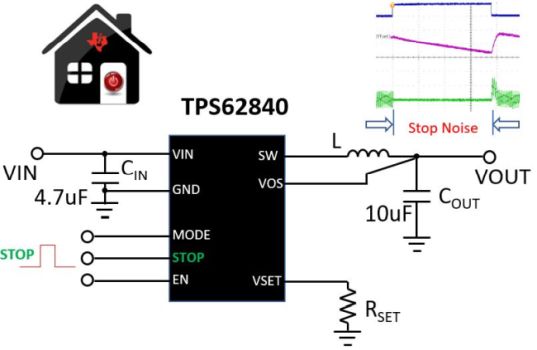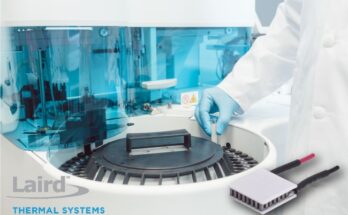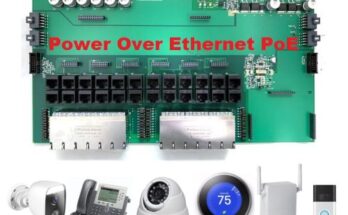TPS62840 is a highly efficient buck converter with ultra-low operating quiescent current of typically 60 nA. It has special circuitry to keep an ultra-low 150 nA IQ in 100% mode operation to further extend battery life near the end of discharge.
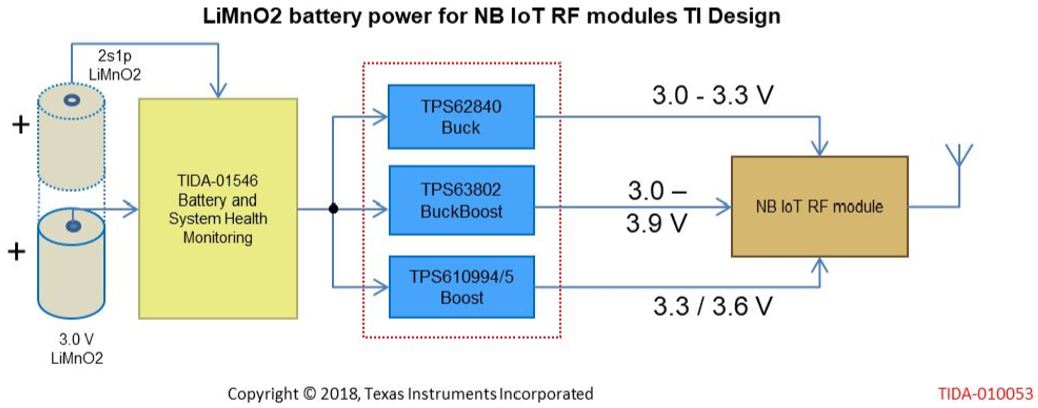
The TPS62840 uses DCS-control™ (Direct Control with Seamless Transition into Power Save Mode) to cleanly power RF devices and operates with a typical switching frequency of 1.8 MHz. In power-save-mode, the device extends the light-load efficiency down to a load current range of equal to or less than 1 µA.
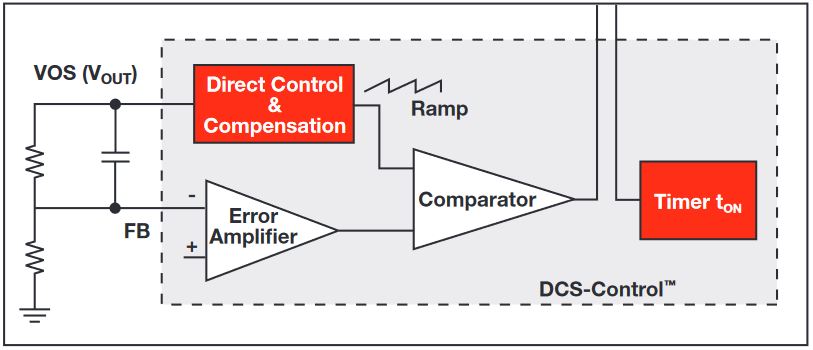
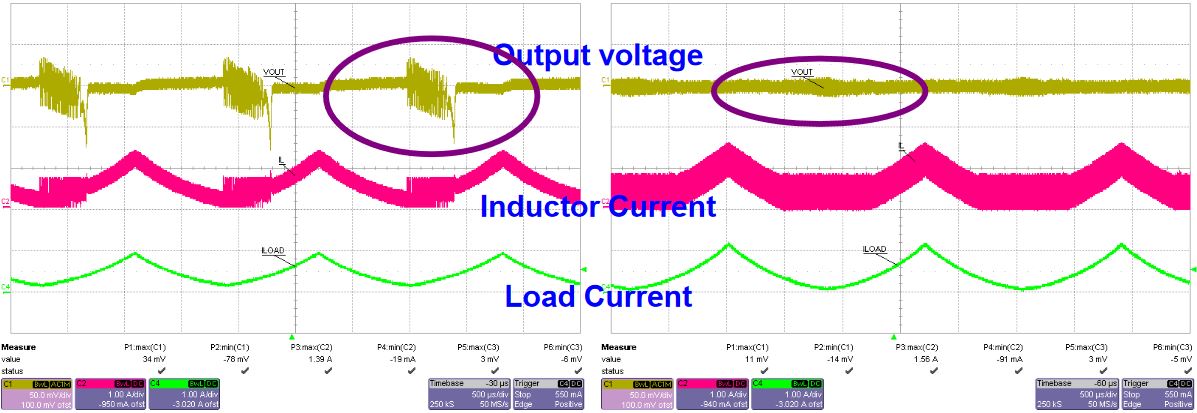
These converters offer 16 predefined output voltages that can be selected by connecting a resistor to the VSET-pin, making the devices flexible for various applications with a minimum number of external components. The STOP-pin immediately eliminates switching noise in order to take a noise-free measurement in test and measurement systems.
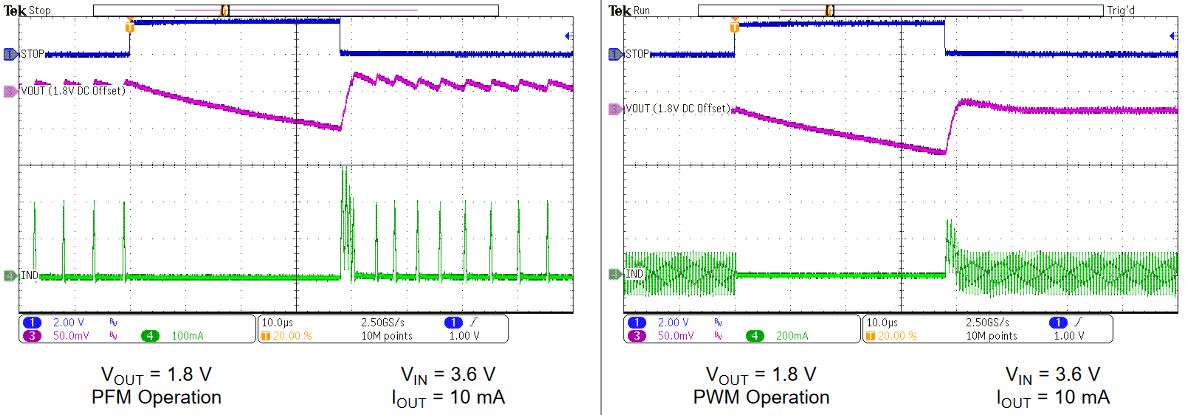
The TPS6284x provides an output current of up to 750 mA. With an input voltage of 1.8 V to 6.5 V, the device supports multiple power sources such as 2S to 4S alkaline, 1S to 2S Li-MnO2, and 1S Li-Ion/Li-SoCl2.
Features
- 60nA operating quiescent current
- 100% duty-cycle mode with ultra-low 150nA IQ
- Wide input voltage range VIN from 1.8V to 6.5V
- Output current up to 750mA
- RF friendly DCS-Control™
- 80% efficiency at 1µA IOUT (3.6 VIN to 1.8 VOUT)
- 16 selectable output voltages via VSET pin
- Auto transition PFM/PWM or forced-PWM mode
- Selectable forced PWM and STOP modes
- Output discharge function
- 20nA shutdown current
- SON-8, WCSP-6 and HVSSOP-8 packages
Applications
- Smart meters, smart thermostats
- Tracking devices
- Wearable electronics
- Medical sensor patches and patient monitors
- Industrial IoT (smart sensors)
- Test and measurement

